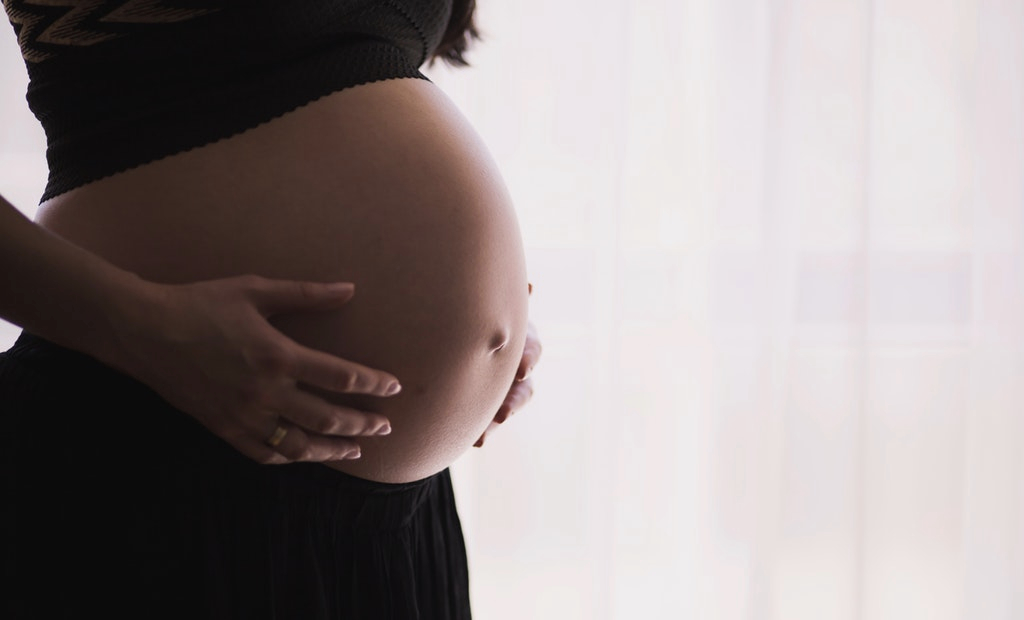40 weeks of pregnancy: What to expect when you’re expecting

Pregnancy can certainly be considered one of the world’s most special moments. However, for those having their first child, it can be overwhelming in certain ways. Not everyone knows exactly what to expect and when speaking to other people, it becomes clear that not every woman experiences childbirth in the same way.
This article will take a look at the different trimesters of pregnancy and explain how you might be feeling. From common symptoms to the growing size of a baby, it will what to expect when you’re expecting.
Interested? Let’s get started!
First trimester (one-12 weeks)
In the first trimester of a pregnancy, the baby is just beginning to develop. It’s common to experience symptoms such as a missed period, sore breasts and morning sickness. From here, most will probably take a test and then set up visits to the doctor to confirm everything. Once they have confirmed the pregnancy, they will offer advice and suggest what to do next.
Once the pregnancy is confirmed, there are a few things that need to be done. Firstly, avoid alcohol, drugs and tobacco products, as these can cause congenital disabilities. Then stop any birth control pills, as well as prescription medication that may cause other harmful effects. A doctor should be able to assist with this and swap medications if needed. Another thing not to forget is to take a look at these foods to avoid whilst pregnant as they can also cause certain infections.
Also, during this time, the baby will develop all of its organs, so try and stay as healthy as possible with prenatal vitamins and a healthy diet. The risk of miscarriage is most likely in this trimester, so this is why many individuals wait until later on in the pregnancy to start telling family. You also may begin to notice towards the end of this trimester the famous “pregnancy glow.” Skin will become clearer due to the increased blood volume and hormones, making it look more radiant (yay!).
Towards the end of the 12th week, the baby should be around 2.5-3 in length and weigh in at around 50 oz. About the size of a plum.
Second trimester (13-28 weeks)
The second trimester can be considered one of the most comfortable times of a pregnancy, as most of the morning sickness should have subsided. However, it’s common to start to feel emotional, clumsy and unable to concentrate. During this time, the baby will have grown from the size of a lemon to an eggplant. The bump will begin growing it’ll be time to start searching for some new maternity clothes.
Other common symptoms at this time include leg cramps, heartburn and nasal congestion. However, it shouldn’t be as severe as the first trimester. The breasts will also continue getting ready for milk production, so maybe look into getting some supportive bras. The baby will begin to move and might be felt and they will begin to recognise the sound of your voice.
During this time, start thinking about what is going to happen when in labor. While it’s not necessary to establish a full-on birthing plan just yet, look into nearby hospitals and different methods of delivering the baby.
At around 18-22 weeks, the baby will also start being checked by routinely by doctors to ensure all of their body parts are functioning. Some may also have some tests done to rule out certain illnesses such as gestational diabetes. For those who want to find out the sex of the baby this is the time, start organising that big gender reveal!
Third trimester (29-40 weeks)
Once the third trimester is reached, you are nearing the end of your pregnancy journey. During this stage, the baby will grow from about the size of an acorn squash all the way to a watermelon. Most will be visiting the doctor more frequently and it’s time to start putting together a birthing plan. In some cases, a c-section will be recommended, but some may be able to give birth naturally.
Start making sure all the things are ready for the baby’s arrival, including bottles and clothing. Some mothers may also begin to naturally “nest” and feel like they need to clean the entire house and baby-proof it as soon as possible.
As the bump will now begin to grow rapidly, it’s time to take things slowly. Avoid doing specific exercises, bending over or walking for long distances. Also be prepared for premature birth, but most individuals will go into labor anywhere from 37-42 weeks.
During the last few weeks, some might have trouble sleeping and start feeling very tired (more than usual). Try and rest as much as possible and take naps during the day. Once in labor, the doctors will guide from here and you’ll be able to meet your special someone very soon! Active labor usually lasts around 4-8 hours, but this can differ from shorter to more extended periods.
Birth
Now that you’ve made it through the 40 weeks, it’s time to enjoy all the wonders of being a new mum. It’s normal to feel excited, nervous, stressed and in love, all at the same time. Just remember to prepare for body changes after birth, as this can also impact mental health. With everything the body has gone through, it can take some time until things bounce back.
It can also be beneficial to have a postpartum checklist for after labor to ensure the smoothest recovery possible. Ice packs, pain relief and nursing pads will all be needed. It’s also essential to check up with the doctor regularly. Bodies can react very differently after giving birth. Some people have even experienced gaining allergies after pregnancy. If anything seems abnormal, it’s better to get things checked out.
Final thoughts
While reading the above might seem daunting to some, it’s important to remember it’s all feasible. Women are strong, magnificent creatures and they can do anything if they put their mind to it.
The editorial unit






















Facebook
Twitter
Instagram
YouTube
RSS